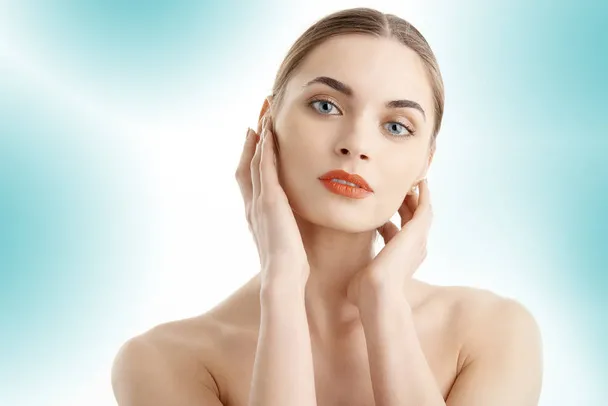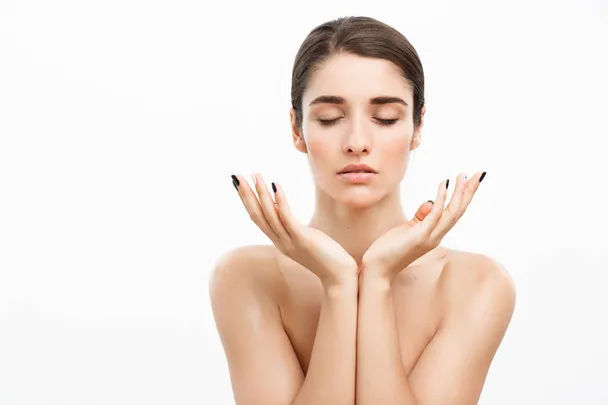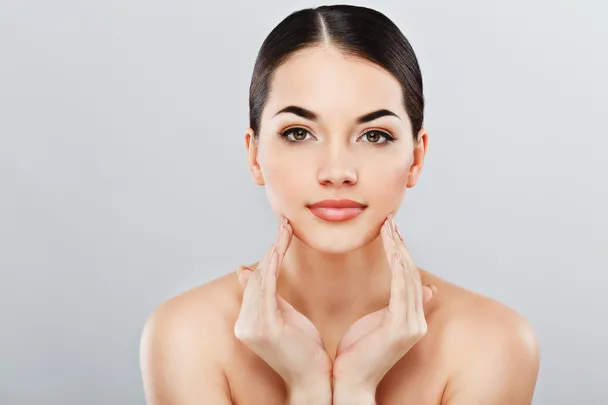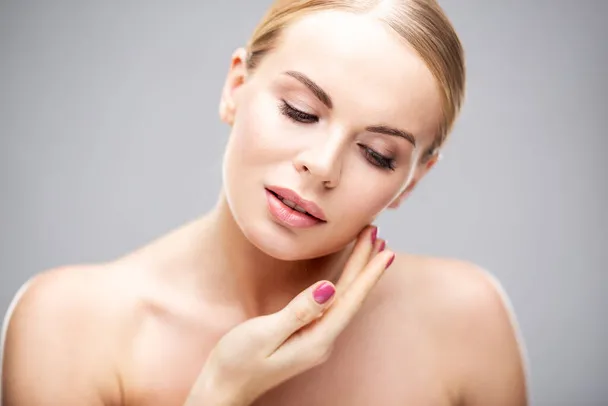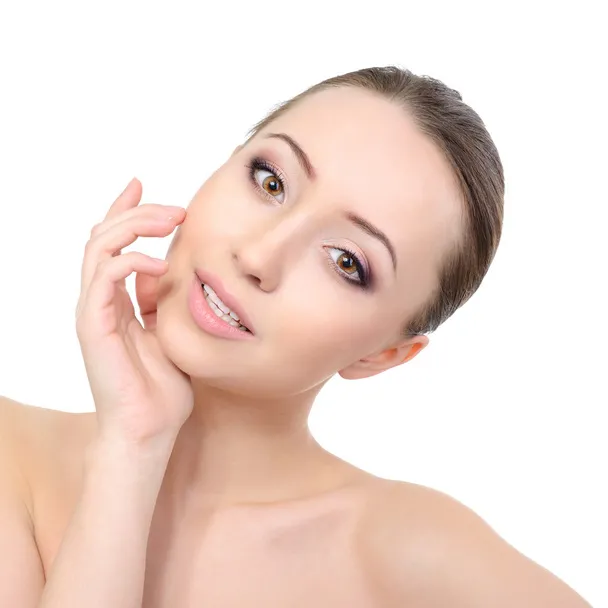Understanding the Causes and Solutions for Body Acne
Body acne, like its facial counterpart, can be frustrating and embarrassing. From shoulders to back, chest, and even buttocks, acne can appear almost anywhere on the body, affecting individuals of all ages and genders. Understanding the underlying causes and effective solutions is crucial for managing and preventing this common skin condition.
What Causes Body Acne?
- Hormonal Changes: Hormonal fluctuations, especially during key stages like puberty, menstruation, pregnancy, or due to hormonal therapies, can profoundly impact the skin’s oil production. Elevated levels of androgens stimulate the sebaceous glands, leading to increased oil secretion, which, when mixed with dead skin cells, can clog pores and foster the development of acne lesions across the body.
- Genetics: Genetic predisposition plays a pivotal role in determining an individual’s susceptibility to acne. If one or both parents have a history of acne, there’s a higher likelihood of inheriting acne-prone skin. Genetic factors influence various aspects of skin health, including sebum production, pore size, and inflammatory responses, contributing to the development of body acne.
- Sweat and Heat: Excessive sweating, particularly in conjunction with factors like tight clothing or occlusive fabrics, creates an ideal environment for acne-causing bacteria to proliferate. Sweat itself is not inherently harmful, but when it mixes with bacteria and dead skin cells, it can lead to pore congestion and inflammation, resulting in body acne breakouts, especially in areas prone to friction and sweat accumulation.
- Poor Hygiene: Inadequate cleansing practices can allow sweat, oils, and dead skin cells to accumulate on the skin’s surface, providing a breeding ground for acne-causing bacteria. Failure to cleanse the body regularly, especially after sweating or engaging in activities that increase oil production, can lead to pore blockages and exacerbate existing acne lesions.
- Diet: While the precise relationship between diet and acne is still subject to debate, certain dietary factors may influence acne development in susceptible individuals. Consumption of high-glycemic foods and dairy products has been associated with increased insulin levels and inflammation, potentially exacerbating acne symptoms in some people. However, individual responses to dietary factors vary, and not everyone with acne will experience improvements by altering their diet.
Common Types of Body Acne:
- . Back Acne (Bacne): Bacne is a prevalent form of body acne characterized by inflamed pimples, blackheads, and whiteheads that appear primarily on the back. This type of acne often develops due to a combination of factors, including sweat accumulation, friction from clothing or backpacks, and hormonal fluctuations. The skin on the back has numerous sebaceous glands, making it prone to excess oil production and subsequent pore blockages, leading to the formation of acne lesions.
- Chest Acne: Chest acne shares similarities with back acne and typically presents as red, inflamed lesions or blackheads on the chest area. Like bacne, chest acne can be triggered by factors such as sweat, friction, and hormonal changes. The chest region also has a high concentration of sebaceous glands, making it susceptible to acne development. Tight clothing, especially during hot and humid weather, can exacerbate chest acne by trapping sweat and bacteria against the skin.
- Butt Acne (Buttne): Butt acne, often referred to as “buttne,” refers to acne breakouts that occur on the buttocks. This type of acne can be triggered by various factors, including tight clothing, excessive sweating, and folliculitis, which is the inflammation of hair follicles. The buttocks are prone to friction, especially during physical activities or prolonged periods of sitting, which can exacerbate acne symptoms. Poor hygiene and wearing non-breathable fabrics can further contribute to the development of butt acne.
- Shoulder Acne: Shoulder acne manifests as pimples, blackheads, or inflamed lesions on the shoulders and upper arms. Friction caused by backpacks, sports equipment, or tight clothing can irritate the skin and exacerbate acne symptoms in this area. Additionally, hormonal imbalances, especially during puberty or menstruation, can contribute to the development of shoulder acne. Proper hygiene practices, wearing loose-fitting clothing, and managing hormonal fluctuations can help prevent and manage shoulder acne effectively.
Effective Treatments and Prevention Strategies:
- Gentle Cleansing:
Proper cleansing is essential for managing body acne effectively. Here’s why:
- Mild Cleanser: Choosing a mild, non-comedogenic cleanser is crucial for effectively removing dirt, excess oil, and impurities from the skin without causing irritation or clogging pores. Look for cleansers specifically formulated for acne-prone skin, as they are designed to cleanse gently without aggravating existing acne lesions.
- Twice-Daily Routine: Washing the affected areas of the body twice daily, preferably in the morning and evening, helps maintain clean and healthy skin. Consistency is key to preventing the buildup of oil, sweat, and bacteria that can lead to acne breakouts.
- Avoid Over-cleansing: While it may be tempting to wash frequently to get rid of acne, over-cleansing can strip the skin of its natural oils and disrupt its moisture balance, leading to dryness and irritation. Stick to washing twice daily unless you have been sweating heavily or engaging in activities that expose your skin to dirt and pollutants.
- Gentle Technique: When cleansing the skin, use a gentle, circular motion with your fingertips to avoid harsh scrubbing. Aggressive scrubbing can irritate the skin and worsen acne lesions, leading to increased inflammation and redness.
- Avoid Abrasive Products: Harsh exfoliants or abrasive cleansers should be avoided, as they can cause micro-tears in the skin and worsen acne symptoms. Opt for gentle cleansers with smooth textures that won’t scratch or irritate the skin.
- Pat Dry: After cleansing, gently pat the skin dry with a clean towel instead of rubbing vigorously. Rubbing can cause friction and irritation, especially on sensitive or inflamed skin.
Incorporating a gentle cleansing routine into your daily skincare regimen is an essential step in managing body acne. By using the right cleanser and technique, you can effectively remove impurities from the skin while minimizing irritation and promoting clearer, healthier-looking skin.
- Topical Treatments:
Topical treatments are essential for managing body acne effectively. Here’s why:
- Over-the-Counter Products: Over-the-counter acne products containing ingredients like benzoyl peroxide, salicylic acid, or sulfur are readily available and can be effective in treating mild to moderate body acne. These ingredients target different aspects of acne formation, helping to reduce inflammation, unclog pores, and kill acne-causing bacteria.
- Benzoyl Peroxide: Benzoyl peroxide is a powerful antimicrobial agent that effectively kills acne-causing bacteria on the skin’s surface. It also helps to reduce inflammation and prevent future breakouts by unclogging pores and removing excess oil and dead skin cells.
- Salicylic Acid: Salicylic acid is a beta hydroxy acid (BHA) that exfoliates the skin and penetrates deep into the pores to remove impurities. It helps to unclog pores, reduce inflammation, and prevent new acne lesions from forming. Salicylic acid is particularly beneficial for treating blackheads and whiteheads associated with body acne.
- Sulfur: Sulfur has antimicrobial and anti-inflammatory properties that make it effective in treating acne. It helps to reduce excess oil production, unclog pores, and soothe irritated skin. Sulfur is often used in acne products targeting body acne, such as cleansers, masks, and spot treatments.
- Prescription-Strength Treatments: For more severe cases of body acne that do not respond to over-the-counter treatments, prescription-strength topical treatments may be necessary. These may include retinoids, which help to unclog pores and promote skin cell turnover, or antibiotics, which reduce acne-causing bacteria and inflammation.
- Consistency is Key: To see results with topical treatments, it’s essential to use them consistently as directed. Apply the product to clean, dry skin, and follow any instructions provided by your dermatologist or healthcare provider. Be patient, as it may take several weeks to see improvement in acne symptoms.
- Avoid Irritants: Some topical acne treatments may cause dryness, irritation, or increased sensitivity to the sun. It’s essential to use these products as directed and avoid using them in conjunction with other potentially irritating products. If you experience severe irritation or allergic reactions, discontinue use and consult a healthcare professional.
Incorporating topical treatments into your skincare routine can help effectively manage body acne and promote clearer, healthier-looking skin. Whether you opt for over-the-counter products or prescription-strength treatments, finding the right combination of ingredients and formulations is key to achieving optimal results.
- Exfoliation: Regular exfoliation can help prevent pore blockages and promote skin cell turnover, reducing the risk of acne breakouts. Choose gentle exfoliants specifically formulated for the body, such as mild scrubs or chemical exfoliants containing alpha or beta hydroxy acids. However, avoid over-exfoliating, as this can irritate the skin and worsen inflammation. Limit exfoliation to 2-3 times per week, and discontinue use if any irritation occurs.
- Moisturization: Despite having acne-prone skin, it’s essential to keep the skin adequately moisturized to maintain its barrier function and prevent excessive dryness. Opt for oil-free, non-comedogenic moisturizers that won’t clog pores or contribute to acne formation. Look for products labeled as “oil-free” or “non-comedogenic” to ensure they won’t exacerbate acne symptoms.
- Lifestyle Modifications: Certain lifestyle changes can help prevent and manage body acne. Wear loose-fitting clothing made from breathable fabrics to minimize friction and allow the skin to breathe. Shower promptly after sweating to remove sweat and bacteria from the skin’s surface, especially after exercise or prolonged periods of activity. Additionally, limit sun exposure and use non-comedogenic sunscreen to protect the skin from UV damage without clogging pores.
- Professional Interventions: In cases of stubborn or severe body acne, dermatological procedures may be recommended. Chemical peels, microdermabrasion, and laser therapy can help improve skin texture, reduce acne lesions, and minimize scarring. Consultation with a dermatologist can provide personalized treatment options tailored to your specific needs and concerns.
Body acne can significantly impact one’s self-esteem and quality of life, but it is a treatable condition with the right approach. By understanding the underlying causes and adopting appropriate skincare practices, individuals can effectively manage and prevent body acne breakouts, achieving clearer, healthier skin. If over-the-counter remedies prove ineffective, consulting a dermatologist can provide tailored treatment options for addressing stubborn acne concerns.

